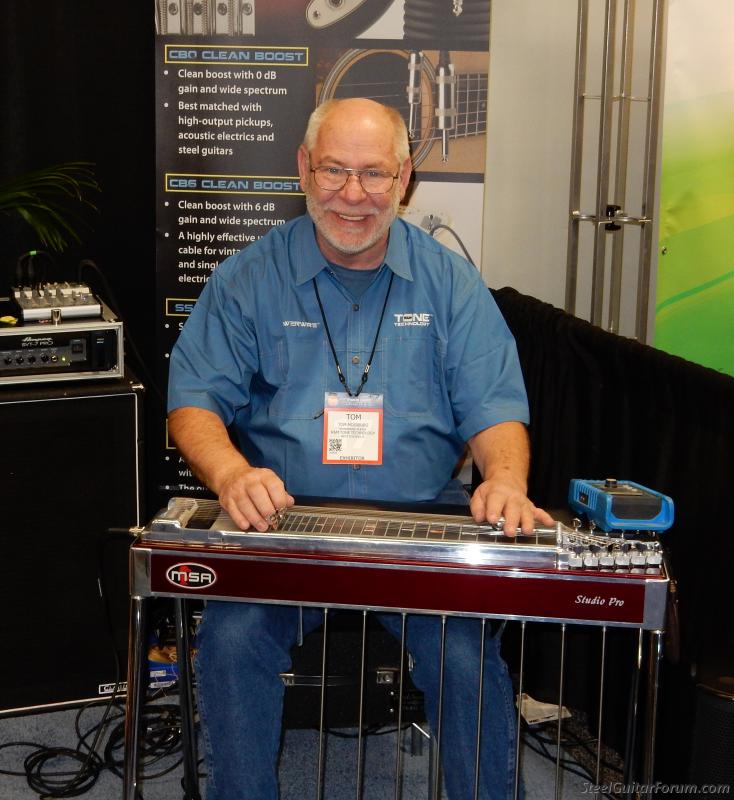
One of your steel cohorts, Tom Mossburg in Phoenix, recently said this about PowerWire.
"I have found at least two great uses for the power wire cables. First, they bring out the clarity of an instrument that is often missing when amplified, giving a true representation of the instrument's tone and dynamics. There is a clarity in note definition not found in ordinary cables. Secondly for steel guitar. Steel guitars are notoriously hard to amplify. Partly because of the instruments tonal range and multitude of chord possibilities but mainly because of the mismatch in impedance between pickup and amplifier. Pickups for these instruments are very high in impedance due to the size of the winding itself. More strings, bigger pickup. The Power wire cable solves this problem by buffering the output of the guitar right at the source. This limits the effects of resistance and capacitance in the cable that destroys tone. This also eliminates the need for costly impedance matching devices you see a lot of people using. The result is clearer tonality and better note separation. Exactly what you want in an amplified instrument."
Tom was referring to the PowerWire Model CB0 cable, with Clean Boost signal enhancement and 0 dB of gain. There are 4 models of PowerWire and Tom thinks the CB0 is best matched to the pedal steel.
Here's a picture of Tom playing PowerWire and Steel at NAMM last month.

The PowerWire™ family of ‘active’ guitar cables by R&M Tone Technology, carry clean amplified analog boost from your pickups to your pedals and amplifiers. By driving the cable with a pre-amp, signal quality is improved and noise reduced. The resulting sound is bolder and more defined across the frequency range. PowerWire’s patented, U.S. made circuitry is designed into the cable jack and powered by two long lasting and easily changed watch batteries.
To learn more about PowerWire, visit http://www.rmtonetech.com
